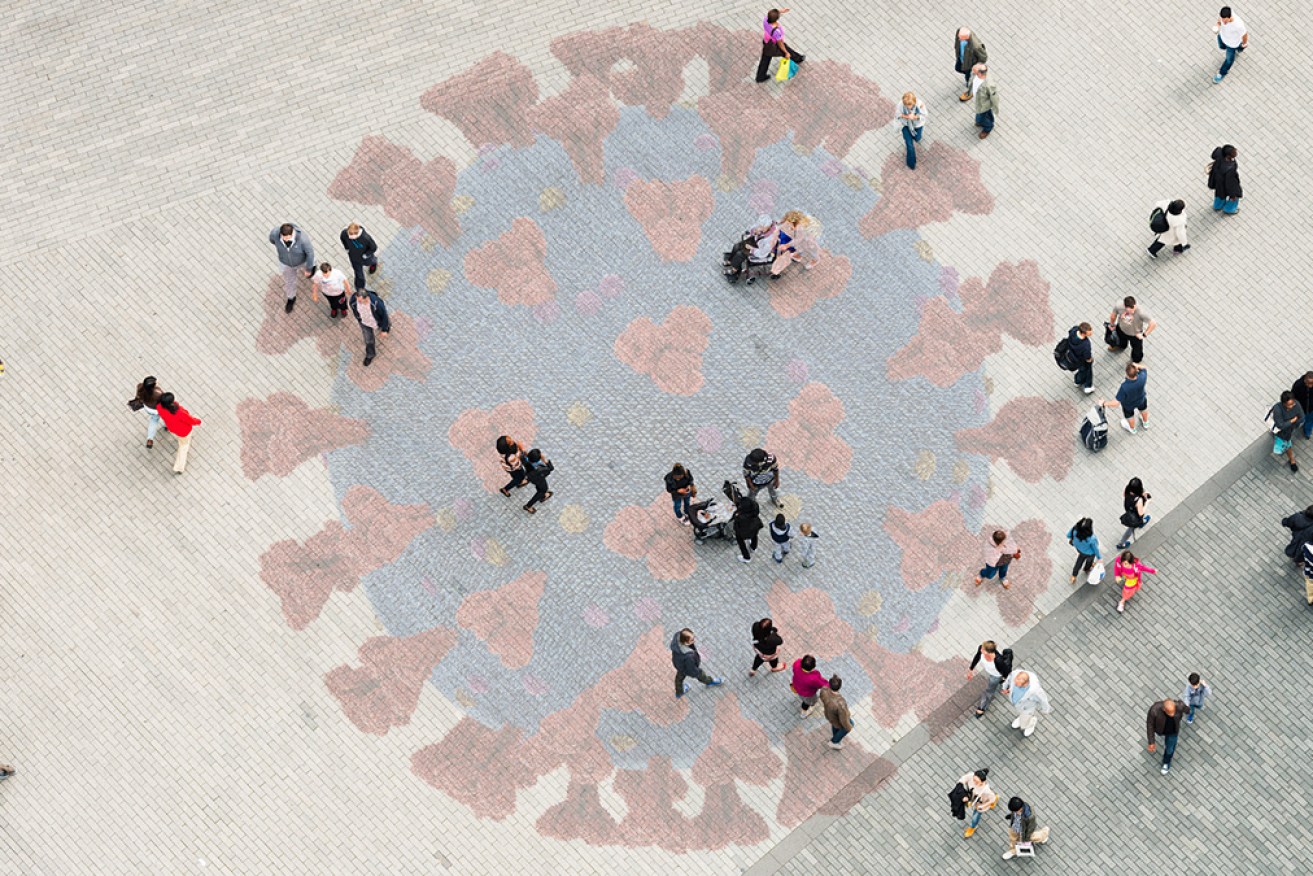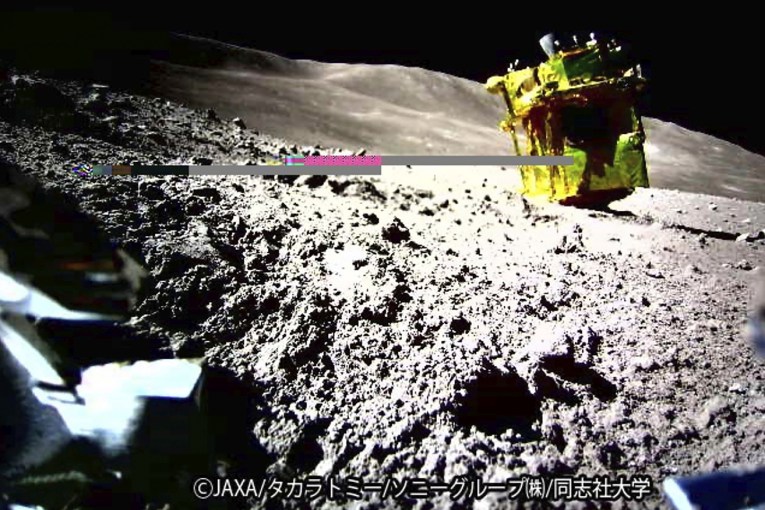Coronavirus ‘contact tracing’: Location tracking apps finding those who’ve been exposed


Contact tracing has been massively improved in Victoria, experts say. Photo: Getty
Contact tracing is considered a vital tool in combatting the coronavirus pandemic.
When done correctly, it can help contain the spread of potentially deadly infectious diseases such as COVID-19.
Contact tracing works by identifying and isolating infected individuals, and then tracing their movements and interactions to track down others who may be infected.
“People in close contact with someone who is infected with a virus … are at higher risk of becoming infected themselves, and of potentially further infecting others,” the World Health Organisation says.
Contact tracing allows ‘close contacts’ of infected people to be identified by health authorities, quarantined and screened for the disease.
“Closely watching these contacts after exposure to an infected person will help the contacts to get care and treatment, and will prevent further transmission of the virus,” the WHO says.
- Related: CSIRO leads global race for a cure with fast-tracked testing of two coronavirus vaccines
- Related: States reverse social distancing ‘bonk ban’ on couples
The highly infectious nature of COVID-19 means that the contact tracing process is difficult, but essential.
“The COVID-19 virus is located in the respiratory tract and is spread when someone coughs or sneezes, dispersing infected droplets like a scatter gun,” Curtin University public health physician Michael Bret Hart and infectious diseases physician Trent Yarwood explained.
“Several people can be infected from one COVID-19 positive person, even by later entering a room and touching contaminated objects,” they wrote in The Conversation.
“So contact tracing under these circumstances is challenging. The droplet spreader will have to recall his or her movements carefully.”
Contact tracing in Australia
In Australia, contact tracing is handled differently by the various state and territory health authorities.
Last week, Victoria launched a a smartphone app to monitor confirmed COVID-19 cases and their close contacts.
The platform called Whispr will allow authorities to track the locations of COVID-19 cases and contacts, and correspond with them via text message.
Victorian Health Minister Jenny Mikakos said the “sophisticated” system would help ensure people observe self-isolation requirements, or face penalties of up to $25,000 for individuals and $100,000 for businesses.
In South Australia, a smartphone app has also been used to track the movements of coronavirus patients.
“Contact tracing is absolutely critical in our fight against the COVID-19,” SA premier Steven Marshall said.
Privacy concerns plague coronavirus tracking apps
GPS-tracking apps have already proven effective in containing the spread of the coronavirus in countries such as Singapore, China, and South Korea.
However, the invasive nature of the surveillance has raised serious concerns among privacy and civil liberties watchers.
Flinders University criminology and human rights law expert Marinella Marmo told The New Daily that the impact of COVID-19 on human rights and rule of law is “already showing in Australia”.
“Any kind of location data mechanism, including drone surveillance and phone tracking, needs to be considered in light of ethical standards and human rights,” she said.
“Unfortunately, in the ‘eye of the storm’, we lose track of these matters but we need to remain vigilant.’’
Emergency measures, including increased surveillance, “need to be temporary, be subjected to ongoing scrutiny and not be extended any further unless there is an objective need for it”, Dr Marmo said.
When it comes to how emergency measures are policed, the “biggest challenge is always police discretion and how it is applied”, she said.









